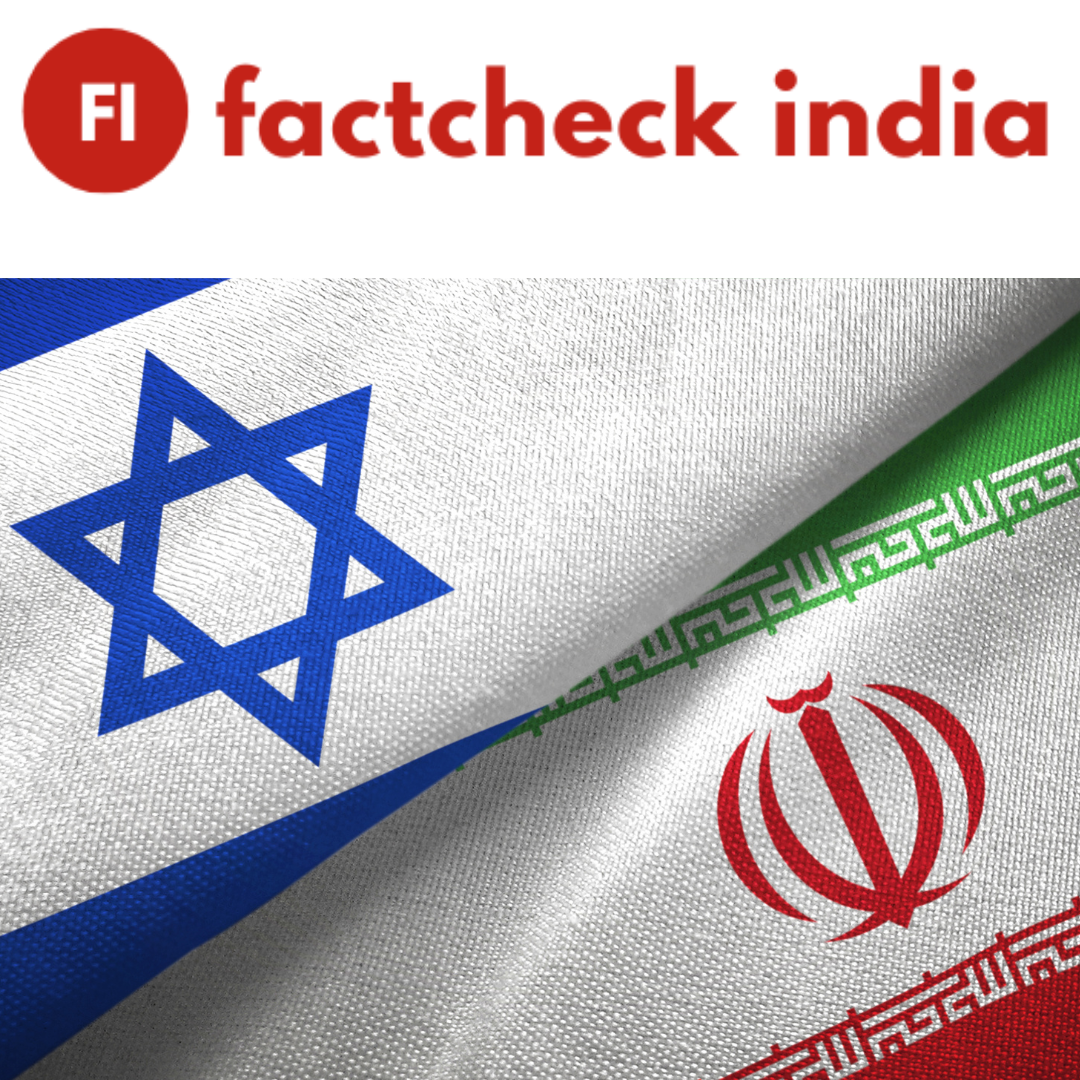As global tensions rise, the upcoming G7 summit in Kananaskis, Alberta (June 15–17), promises to be one of the most consequential in years. With the Israel-Iran conflict erupting and uncertainty looming over U.S. foreign policy under President Donald Trump, experts predict that security, diplomacy, and leadership will dominate discussions at the high-profile gathering of the world’s leading democracies.
Middle East Crisis Takes Center Stage
The sharp escalation between Israel and Iran — following Israeli strikes on Iranian military and nuclear sites, and Tehran’s retaliatory response — is expected to overshadow the summit’s formal agenda. Although the United States has distanced itself from direct involvement, President Trump’s comment that Washington was “informed in advance” has raised alarms about America’s future role in the region.
“This crisis could trigger a broader conflict in the Middle East,” warned Robert Rogowsky, a professor of trade and diplomacy. “The G7 leaders will have no choice but to confront the potential fallout — both economically and geopolitically.”
G7 at a Turning Point
The G7, comprising Canada, France, Germany, Italy, Japan, the UK, and the U.S., was originally formed to respond to global crises. Now, in its 51st year, it faces a defining test amid shifting alliances, global tariffs, and economic slowdowns.
This year’s host, Canadian Prime Minister Mark Carney, had hoped to use the summit as a platform to project Canadian leadership and set a forward-looking agenda. However, with Trump returning to the global stage, comparisons to the 2018 G7 in Quebec — where Trump withdrew from the final communique and insulted then-PM Justin Trudeau — are inevitable.
“There’s no signed communique expected this time,” said Julia Kulik of the G7 Research Group. Instead, Carney will issue a chair’s summary reflecting the summit’s outcomes, in a nod to anticipated disagreements, especially over the Middle East and Ukraine.
Trump: The Unpredictable Wildcard
President Trump’s approach is expected to be a major variable in how the summit unfolds. “His reactions are emotional and performative,” said Rogowsky. “He could build bridges — or blow them up.”
Other leaders may also press Trump on his administration’s role in Israel’s aggressive posture and recent policy decisions that many feel have undermined global peace efforts. Ukrainian President Volodymyr Zelenskyy, also attending, may confront Trump over past tensions, particularly the high-profile exchange over U.S. military aid.
Carney’s Balancing Act
Despite the global spotlight on Trump and the Middle East, Carney is trying to refocus attention on Canada’s G7 priorities: tackling foreign interference, boosting energy security, enhancing wildfire response, and mobilizing public-private investment.
Carney’s decision to invite Indian Prime Minister Narendra Modi — despite recent diplomatic rifts — shows his commitment to realpolitik and global engagement. “He knows that to lead on the world stage, you have to work with countries even when you disagree,” noted Vina Nadjibulla of the Asia Pacific Foundation of Canada.
A Crucial Moment for Multilateralism
The G7 summit is unfolding at a moment when the liberal international order is being tested. Will this gathering reinforce collective leadership — or highlight the cracks? With Trump’s unpredictability and the looming threat of war in the Middle East, the stakes couldn’t be higher.
“Mark Carney may be Canada’s best hope to guide the G7 through this storm,” Rogowsky said. “But whether unity prevails or fractures deepen will depend on how the leaders — especially Trump — choose to engage.”

